Content:
The tree signals a lack, excess of minerals or a disease due to pathogens by its appearance, primarily by the state of the foliage. Agronomists, gardeners need to decide when spots appear and leaves turn yellow on an apple tree - what to do first. Due to untimely assistance to the plant, you can lose the lion's share of the harvest, the apple tree can die, infecting all the trees in the garden.
Why do the leaves turn yellow on the apple tree
The yellow color of the apple tree foliage, when it is still spring or summer in the yard and it is not time for it to turn yellow, indicates an imbalance in soil nutrition:
- with a lack of nitrogen, a gradual yellowing of the leaves is observed. They begin to brighten and turn from light green to yellow;
- potassium deficiency leads to the appearance of a red drying rim on the leaves. The foliage may turn yellow due to the weak absorption of nitrogen by the plant from the soil, provoked by a lack of potassium;
- lack of phosphorus is expressed in the acquisition of a bronze or purple foliage with subsequent blackening. Leaves begin to dry and fall off;
- lack of magnesium. When the cause of the yellowing is associated with a magnesium deficiency, yellowness and red spots appear on the leaves, which then turn brown. The fruits and leaves fall off.
You can easily compensate for the lack of elements by feeding the plant.
One of the intractable diseases of the apple tree, when the leaf takes on a reddish color, is the defeat of the fungus Gymnosporangium tremelloides, a two-host rust pathogen. Juniper is the main distributor. The gardener may not even know where the threat to his garden came from. Indeed, the "supplier" of a fungal infection can be one or several juniper bush, both located next to the apple tree, and remote from the garden at a distance of up to 50 km.
How does the disease progress
The first signs of a fungal disease appear immediately after the flowering of the apple tree in April-May: the leaves, young shoots, and the stalk begin to become covered with rounded small orange spots.
Black dots are visible when viewed under a magnifying glass on the top of the sheet. These are spermogonia, repositories of small stylospores. Only orange dots are visible on the back of the sheet. Over time, the affected areas become larger, groups of new formations are formed by the end of summer, and the lesion spreads to the entire tree.
An apple tree affected by a rust fungus looks like this:
- large rusty spots with small black blotches have formed on the upper side of its leaves;
- on the back of the sheet, threadlike formations are visible, in which spores mature;
- dried leaves affected by the fungus lie around the tree;
- there are rusty dots on the fruits, more often at the calyx;
- the apple grows small and irregular in shape, with low taste;
- a young branch damaged by a fungus slows down growth, and a severely damaged one dies off;
- the apple tree has rusty spots on the trunk, and the wood and bark of the affected shoots are cracking.
Rust on an apple tree: how to deal
Many gardeners are unaware of the connection between the infection of apple trees and juniper - a fungal infection of the bushes develops unnoticed for a long time.
The fungus hibernates in juniper branches, in spring it spreads far through the air and insects and infects apple trees. At the end of summer, spores from the trees disperse and fall on juniper bushes, hibernate, and the cycle continues. Therefore, it is required to decide how and how to treat rust on an apple tree and at the same time on a juniper.
If an infected juniper bush is found
At the beginning and end of the season, you need to inspect the plants in the garden. If an infected evergreen shrub is found, it is treated with a fungicide and the affected branches are removed and burned. In case of severe infection, the entire bush is uprooted and burned, and the soil under it is dug up, spilled with boiling water, and treated with antimicrobial drugs.
There are recommendations to abandon the planting of juniper in garden plots where there are apple trees. But what about the fact that spores spread over many kilometers and the "supplier" of rust fungus can be bushes growing near neighbors or in a distant forest? It remains to strengthen the health of fruit trees and carry out the necessary prevention.
Measures to completely eliminate disputes
You can get rid of the fungus by spraying trees. During the active reproduction of infectious microorganisms, spraying with antifungal drugs must be performed:
- before flowering, so that the flowers on the apple tree do not rust, and the spores begin to scatter. This processing takes place in May. For spraying, a solution of Bordeaux mixture or one of the preparations Poliram DF, Kulumus, Tsineba is used;
- after flowering;
- 2 weeks after the last spraying (June). It is customary to stop fungicide treatments a month before harvesting;
Post-harvest processing:
- removal of weeds in the garden. Many of them (anemone, euphorbia, sedge) become the guardians of rust fungus spores. Bitter wormwood, on the contrary, blocks the development of the fungus;
- cleaning from the site and burning of cut branches of trees and bushes, foliage. They can store fungal pathogens for up to 8 years. This sanitary cleaning is best done in the fall, after leaf fall;
- digging up the soil of near-trunk circles and spilling with a solution of 5-7% urea or ammonium nitrate, 5% solution of copper sulfate. It is desirable to alternate the compositions;
- treatment of all wounds on the bark. All damage to the tree, through which infection can penetrate, are cleaned and disinfected with a 5% solution of copper sulfate. After the composition has dried, the place is covered with garden putty or oil paint.
Healthier fruit trees
To increase the resistance of apple trees to fungal infections and improve the garden:
- trees are rarely planted;
- the correct watering of trees is organized without waterlogging the soil (high humidity contributes to the development of infectious agents);
- timely introduction of balanced fertilizing is performed. When a fungal infection is detected, the introduction of nitrogen into the soil decreases, and potassium and phosphorus - increases;
- the site is sanitized. Shoots and bark damaged by the fungus are removed, the sections are treated with garden putty. The trunks of fruit trees are whitened in spring and autumn (preparations containing copper are added to the whitewash when the garden is infected with a rust fungus).
To exclude contamination of the garden, you need to seriously approach the purchase of planting material - it is better to buy a seedling from reliable suppliers.
More than one rust-resistant apple variety has been developed (Liberty, Macintosh, Priscilla, Sparta, Shtrifel).Fruit trees on the site can be replaced with them.
Anti-rust preparations
When rust appears on the leaves of an apple tree, the question arises: how to deal with it. Spraying trees with chemical compounds helps against fungal rust. They are chosen depending on the growing season.
At the beginning of the growing season, a solution of copper sulfate is used. In order for flowering to lead to a good ovary, the copper-containing composition Abiga-Peak is used in the budding phase. It effectively heals the plant, you no longer have to wonder why the apple tree has rusty flowers or how to deal with rust on the leaves of the apple tree.
During the development of the fruit, the fungicide Skor or its analogue Raek is used.
If the fight against rust has been going on for more than one year, an effective measure is to change the preparations. So, you can try the low-toxic Cineb, the use of which guarantees treatment, an increase in the yield and size of apples, the content of ascorbic acid in fruits.
Folk remedies
For their preparation, herbs are used, substances available at home.
- Wood ash. Water is poured into a bucket, 2/3 filled with ash, to the top, the mixture is stirred well and left to infuse in the sun. The contents are stirred periodically, waiting for a yellowish foam to rise to the surface. The liquid is drained, the same amount of water is added to it. The prepared solution is sprayed with apple trees.
- Horsetail, a decoction is made from it by boiling half a bucket of fresh grass, filled to the brim with water. The composition is insisted for a day and filtered.
- Baking soda. The spray agent is prepared by diluting 5 tbsp in a bucket of water. l. soda and half a bar of grated laundry soap.
- Iodine. To prepare the composition for spraying, 10 ml of pharmacy iodine tincture is added to a 10-liter bucket of water. With such an aqueous solution, you need to process the apple tree three times, after 3 days.
- Sagebrush. The bucket is half filled with fresh grass, filled to the top with water, and left in the shade to ferment. When "leavened" foam appears, the liquid is filtered in a ratio of 1: 5, water is added and used.
Typical mistakes in treatment
- spraying of apple trees is carried out in the fall. It is ineffective, by the end of the summer the disputes have already dissipated
- when caring for apple trees, juniper bushes are not treated. The fact is overlooked that the fungus is a two-host, it hibernates in a juniper.
- the frequency of spraying is not maintained.
The popularity of evergreen juniper in landscaping has led to an increase in the fungal disease rust in apple trees. To cure, save the plant and the crop, spraying with chemical compounds and made according to folk recipes are used. Their choice is up to gardeners. There is also an alternative solution - cultivation of varieties that are resistant to rust.
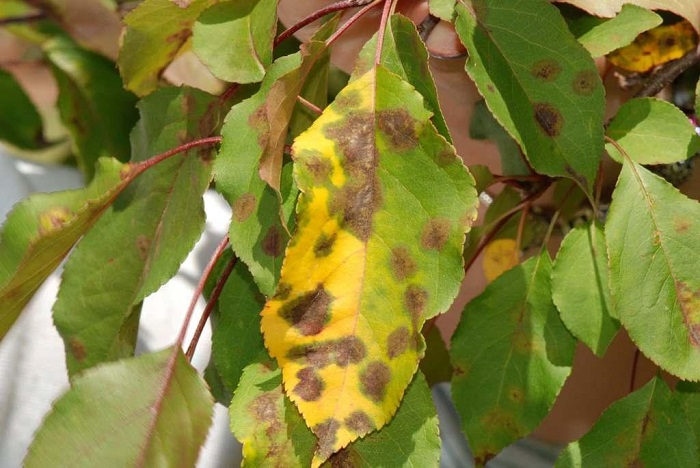
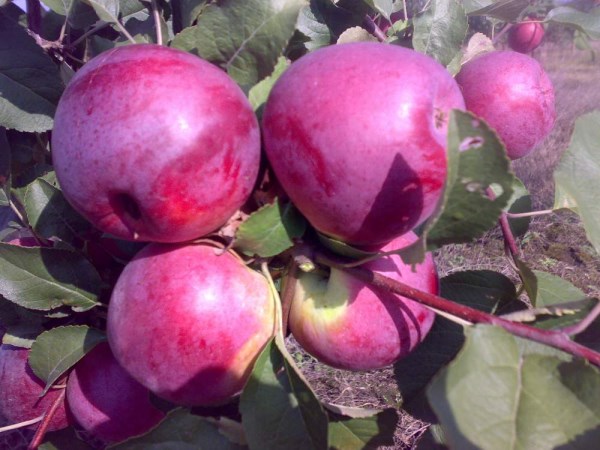

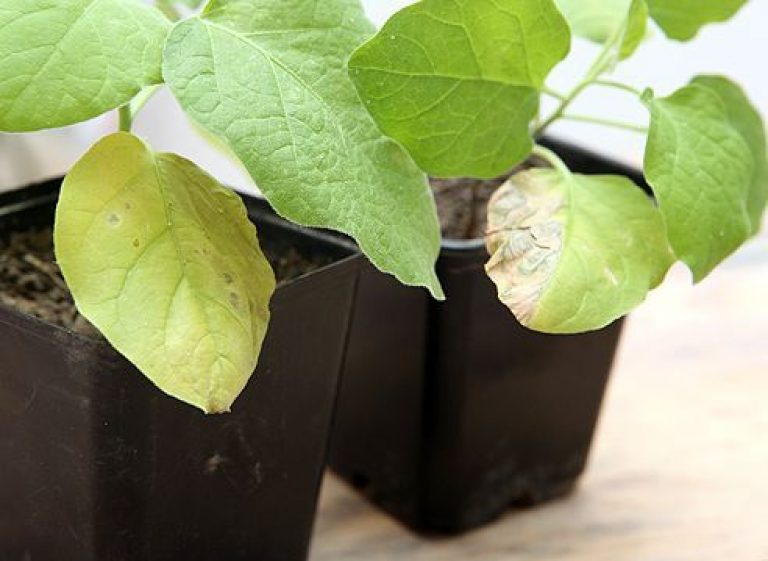
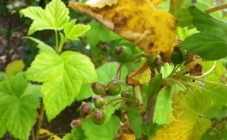
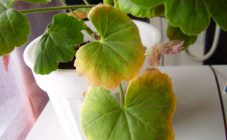
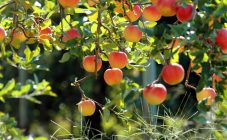
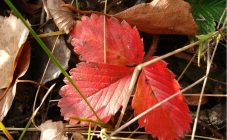







Thank you for the article!